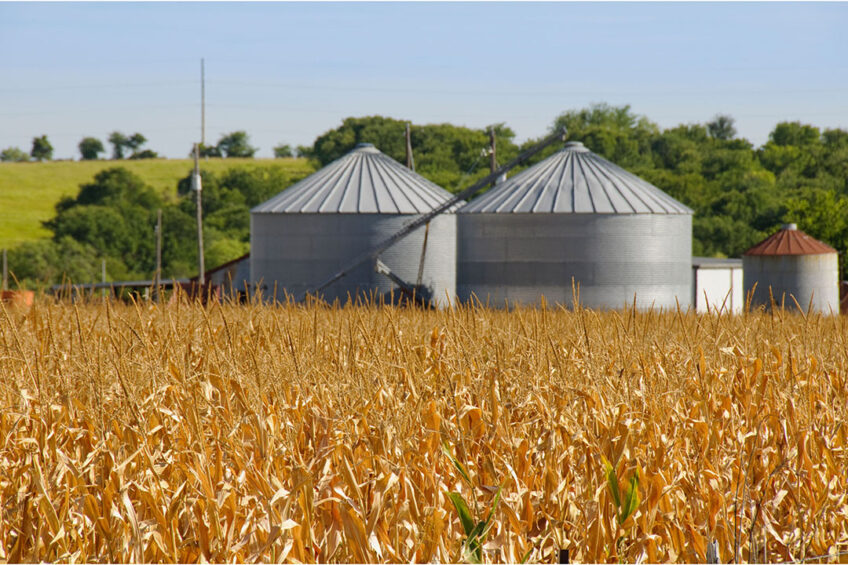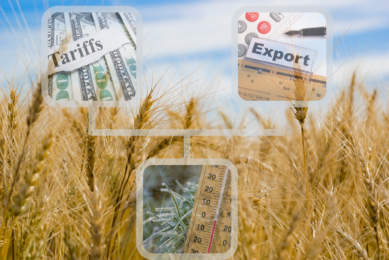Global grain supply to remain tight

Drought, extreme weather events and the ongoing Ukraine/Russia conflict, along with large production swings in major global grain exporter regions will mean global grain supply will remain tight.
Combined with a looming recession, the tight global supply will keep prices volatile, although they may not meet the highs seen earlier this year.
Despite the ongoing war, Russian and Ukrainian wheat remains competitive in the global market, and wheat exports are expected to remain strong providing the Black Sea grain corridor remains open.
Wheat
Megan Hesketh, senior analyst (arable) at the Agriculture and Horticulture Development Board (AHDB), said she believe the forecasted total wheat exports, from major global wheat exporters, are likely to be for tighter supplies than forecasted by the US Department of Agriculture (USDA). These expectations are more in line with the International Grain Council (IGC) forecasts, on lower forecasted exports from Argentina for 2022/3.
Corn
Speaking at the annual UK Grain Market Outlook conference in Lincolnshire, Hesketh said the support in global maize prices from tight supply could be pressured by a large Brazilian crop, combined with recessionary fears and poor US exports.
Looking further ahead, she said watchpoints should include harvest 2023 planting, especially lower Ukrainian plantings, and weather conditions in the Southern Hemisphere.
Oilseeds
Anthony Speight, senior analyst (cereals and oilseeds) at AHDB, looked at how the global soyabean market will likely drive domestic rapeseed prices longer term. Soya oil has been sitting at the top of the vegetable oil complex since August, with other oils tracking this price, he said.
Speight said commentators had said the Chinese demand would play a large part in setting the market sentiment over the next few months, with soyabean crush margins starting to turn positive in China recently. However, concerns remain over rising Covid-19 cases in China and ongoing restrictions. US demand for soya oil could also add some support to the market.
On the other hand, with an estimated record soyabean crop in South America, particularly with Brazil seeing favourable conditions, combined with recessional fears and an active war in Ukraine, oilseed markets will remain volatile over the next few months, added Speight. The key future issue remains the Black Sea export corridor.
Domestic UK grain
Millie Askew, senior analyst (cereals and oilseeds) at AHDB, looked at the UK focus, saying estimates show the 2022/3 season will see a larger wheat balance, but that the barley outlook remains tight. Total availability of wheat this season is forecast to rise by 8% on the year, driven by a rise in production and carry-in stocks. A rise in production has led to a 1% increase in forecasted available barley supplies, but availability remains below the 5-year average.
Askew highlighted domestic demand concerns surrounding bioethanol considering high feedstock costs, and animal feed costs, along the ongoing issue of avian influenza in the poultry sector.
Her domestic outlook also covered rising energy costs, suggesting that the floor of support in UK natural gas prices looks set to remain, with forward pricing higher than spot, keeping fertiliser costs elevated.
But despite high fertiliser prices, early indications for plantings show a further growth in winter cropping for next year’s harvest, due to favourable autumn weather.











